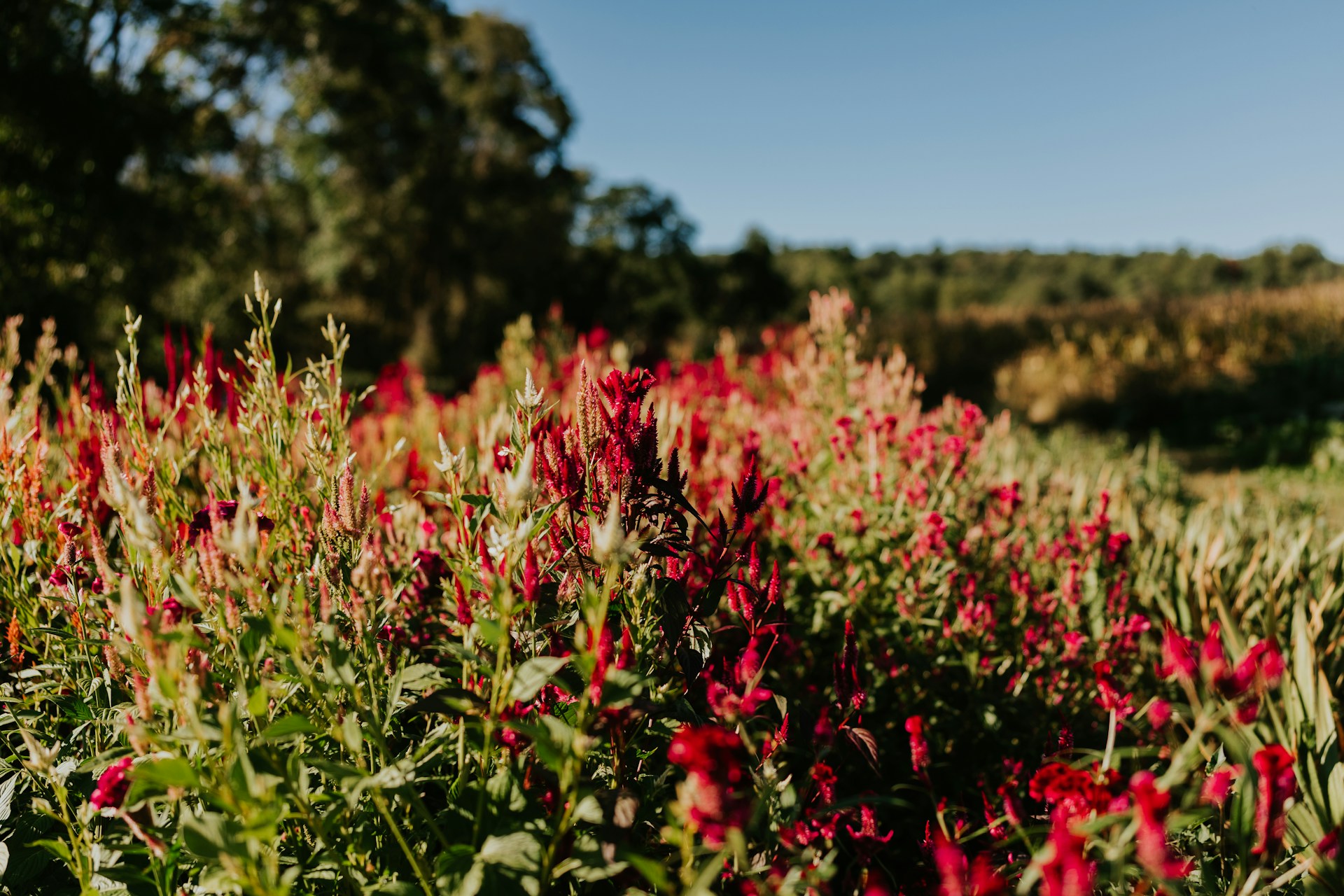I. Introduction
Hummingbirds, with their iconic rapid wing-flap and splendid colors, contribute significantly to the ecosystem by pollinating flowers as they forage for nectar. Moreover, their presence enriches our gardens with aesthetic and recreational elements. This paper focuses on fast-growing flowers in Pennsylvania that can attract these delightful birds. Primarily, we will concentrate on native flowers specific to Pennsylvania for two primary reasons: quick results for gardeners and the added ecological benefits of native flowers. Here you will find an insight into Pennsylvania’s growing conditions, a guide to the most suitable flowers for attracting hummingbirds, and some additional long-term projects for gardening enthusiasts.
II. Understanding Pennsylvania’s Growing Conditions
Before we delve into flower selection, an understanding of Pennsylvania’s climate, a distinguishable difference between its northern and southern parts, is essential. Similarly, a knowledge of the common soil types in Pennsylvania, along with an understanding of the optimal sun exposure for fast-growing flowers and the effects of seasonal variations and rainfall on planting and blooming cycles, is crucial.
III. Fast-Growing Flowers for Hummingbirds in Pennsylvania
When considering the native flowers attracting hummingbirds in Pennsylvania, a few prominent species come to mind:
- Aquilegia canadensis (Columbine): Blooming from April-June, this flower flourishes best under partial shade to sun.
- Monarda didyma (Beebalm, Oswego Tea): This plant blooms from July-August under conditions ranging from sun to partial shade.
- Lobelia cardinalis (Cardinal Flower): With its vibrant red blossoms from July to October, this plant prefers moist to wet soil conditions under partial sun.
When it comes to additional fast-growing flowers in Pennsylvania, consider:
- Anise Hyssop (Agastache foeniculum): This plant blooms from summer to early fall, needing full sun to part shade.
- Jewelweed (Impatiens capensis): It flourishes from the early summer through frost, preferring part shade to full shade.
To those getting their hands dirty in the southern part of the state, you have some best flowers for southern Pennsylvania. These include:
- Asclepias tuberosa (Butterfly Weed)
- Monarda fistulosa (Wild Bergamot)
IV. Long-Term Hummingbird Garden Projects
If you are willing to invest time for a bountiful return in the long run, you might consider planting:
- Mertensia virginica (Virginia Bluebells): Blooming from April-June, these flowers thrive in shade to partial sun conditions.
- Penstemon digitalis (Beardtongue): Flourishing in the sun to partial sun, they bloom from June-July.
- Liatris spicata (Marsh Blazing Star): Thriving in moist to wet soil under the sun, they bloom from July-September.
Although these plants might take longer to grow, they integrate well with the fast-growing flowers, creating a balanced and continuously blooming hummingbird garden.
V. Practical Tips for Creating a Hummingbird-Friendly Garden
Designing a hummingbird-friendly garden involves strategic planning for plant arrangement, careful preparation, and maintenance of the soil, along with effective watering and mulching practices while avoiding pesticides. Further, you could enhance your garden by offering perches and water sources while adopting a seasonal planting and care schedule to troubleshoot common gardening issues.
VI. Conclusion
The selection of appropriate fast-growing and native flowers that are consistent with the growing conditions of Pennsylvania can result in a vibrant, hummingbird-friendly garden within a short span of time. Adopting a long-term view and integrating slower-growing plants can contribute to sustained blooming and the continuous presence of hummingbirds. With the popularity of native species gaining momentum and the added ecological benefits of native flowers, such gardening practices contribute to biodiversity and a healthier environment in the long run.
VII. Additional Resources
To further assist in the creation of an enchanting hummingbird garden, local nurseries and garden centers, along with books, websites, and local extension services and horticulture experts, provide additional valuable resources and expert advice. So, it’s time to join the movement and enrich our gardens, landscapes, and ecosystems with fast-growing native flowers!

